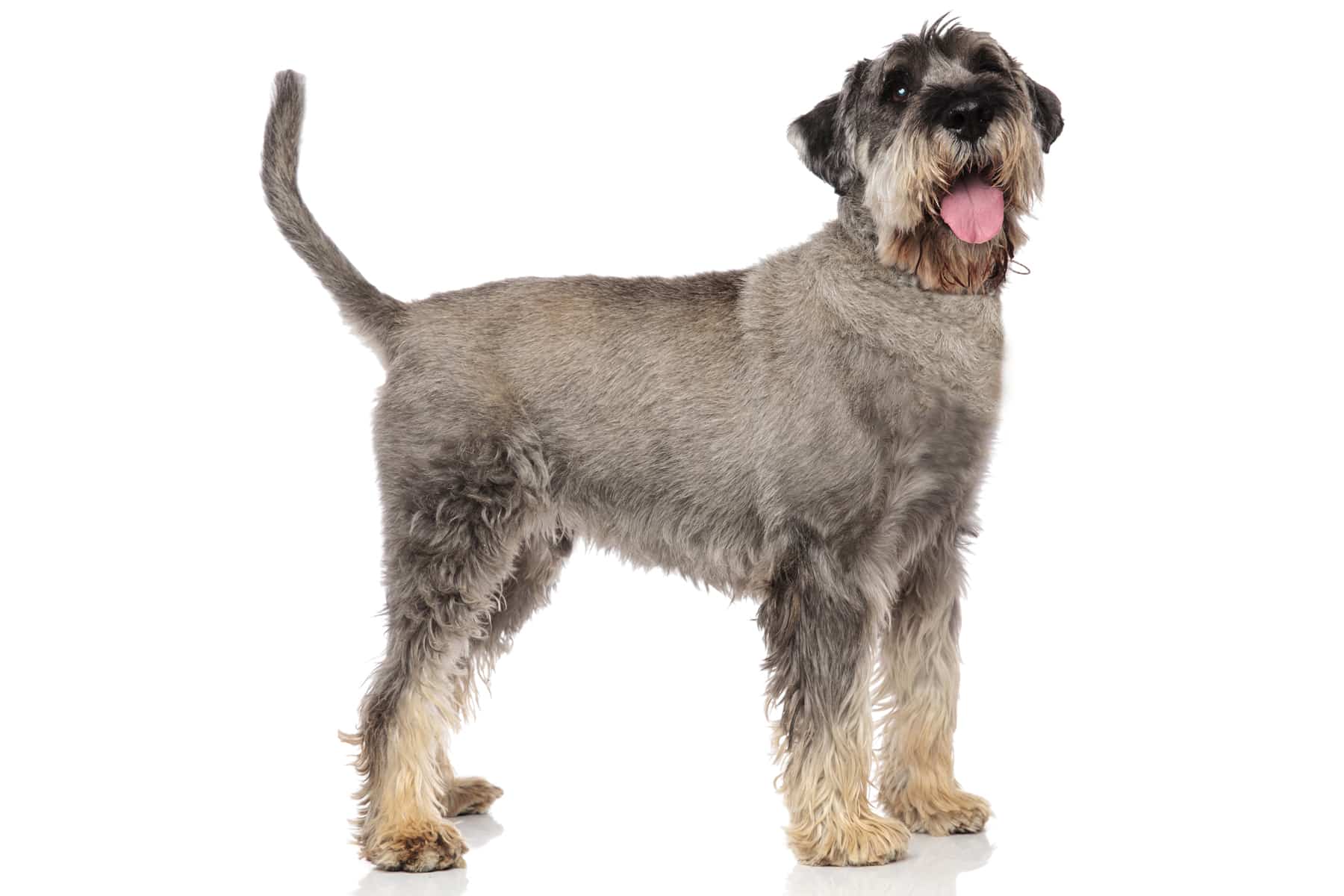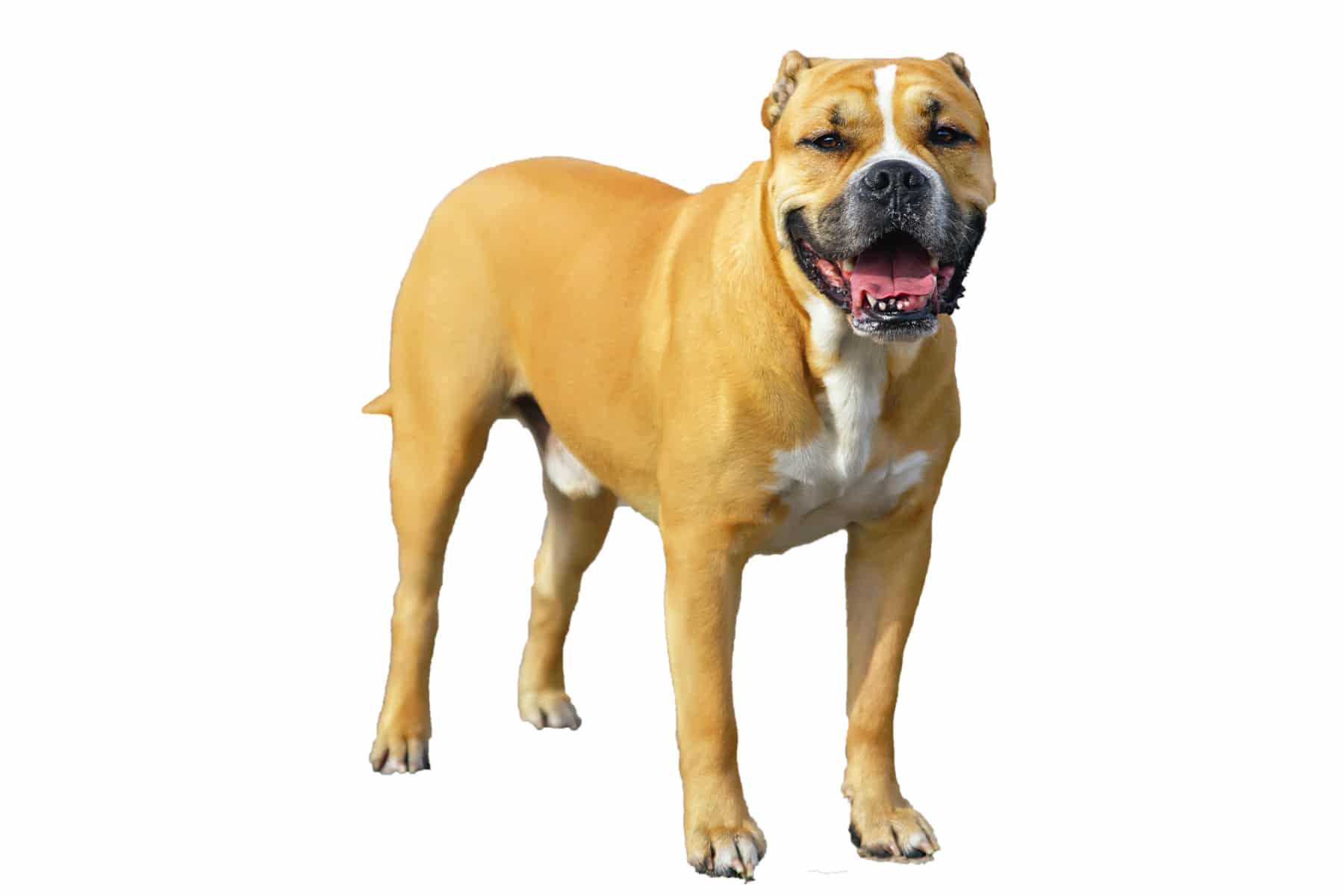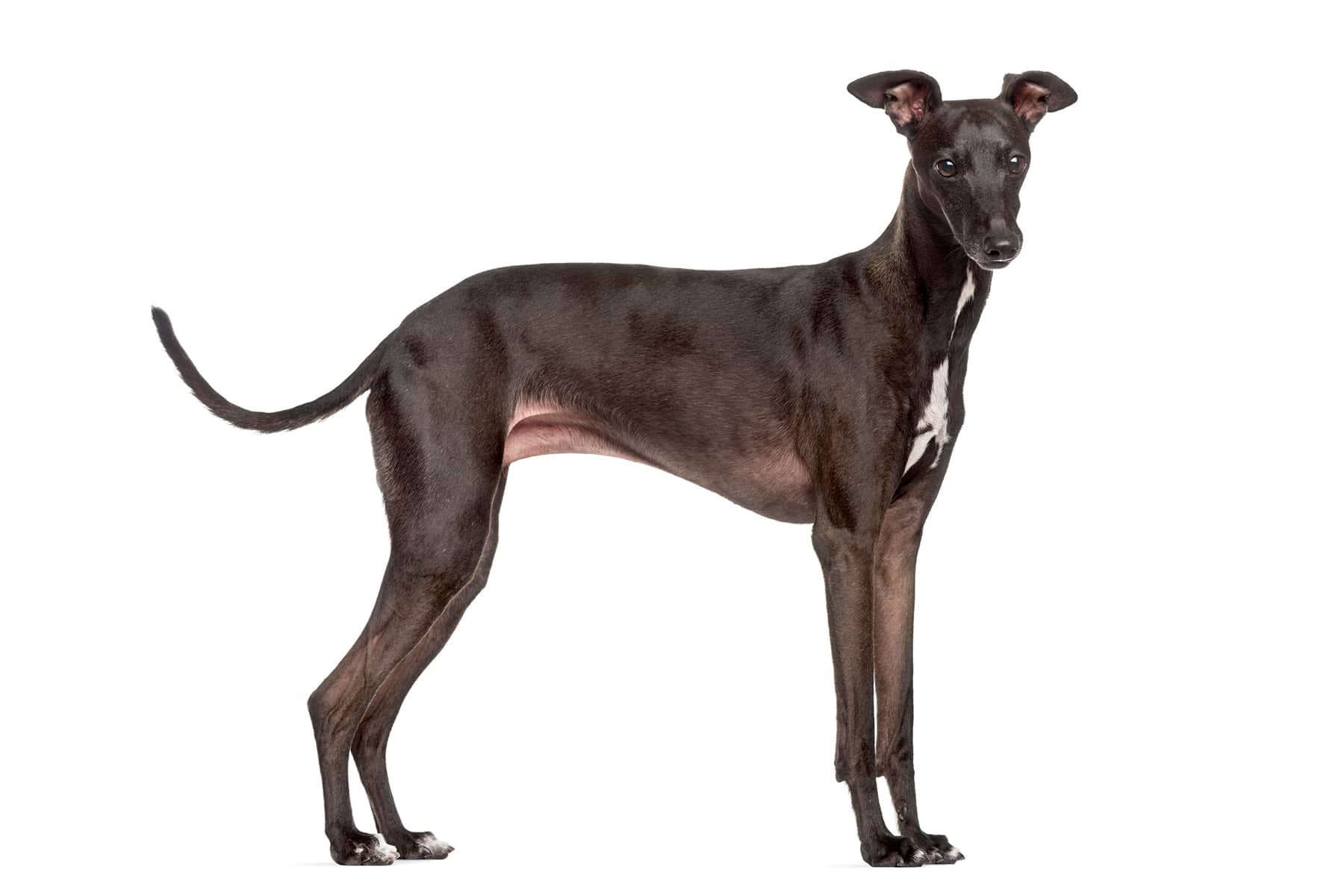Russian Toy
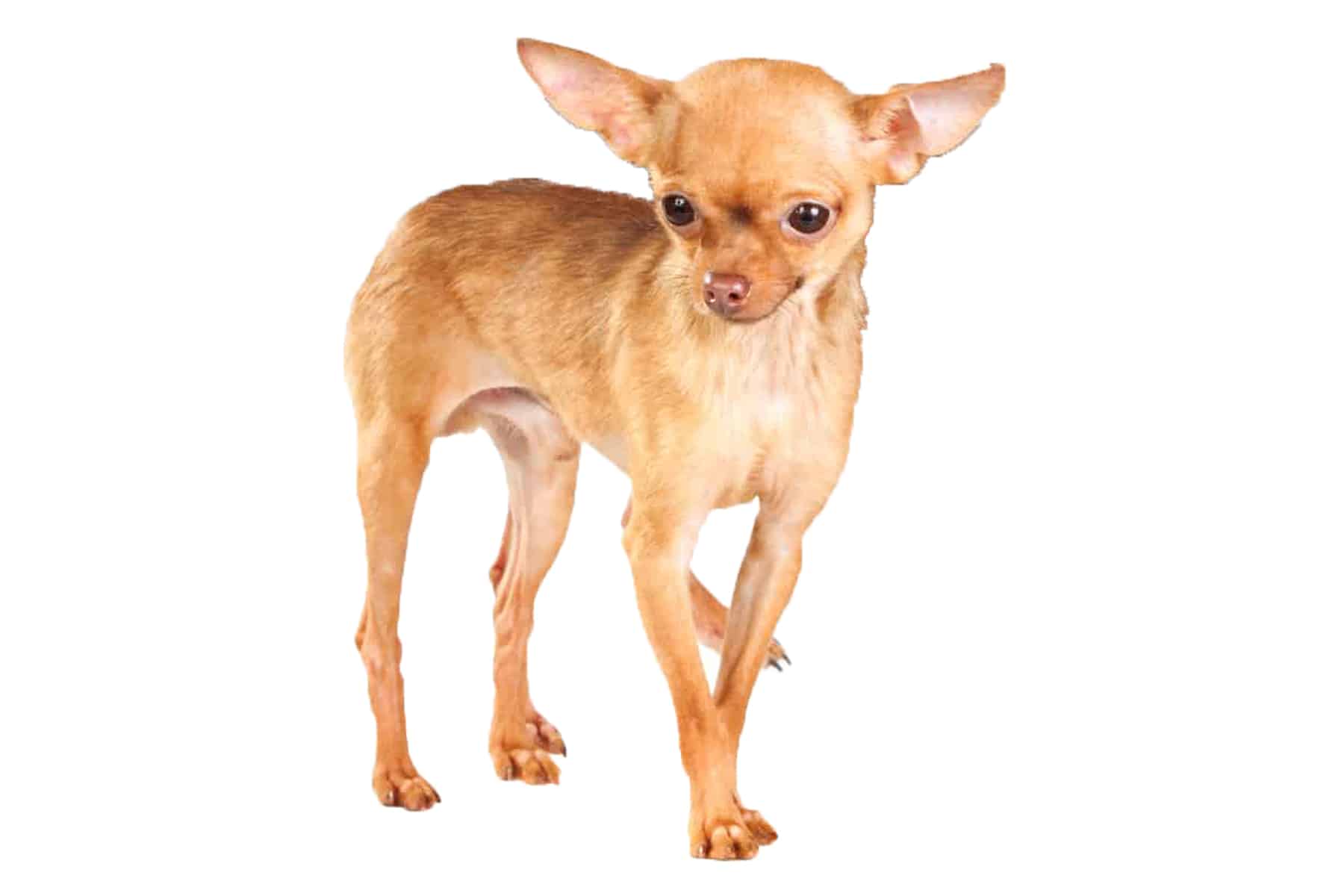
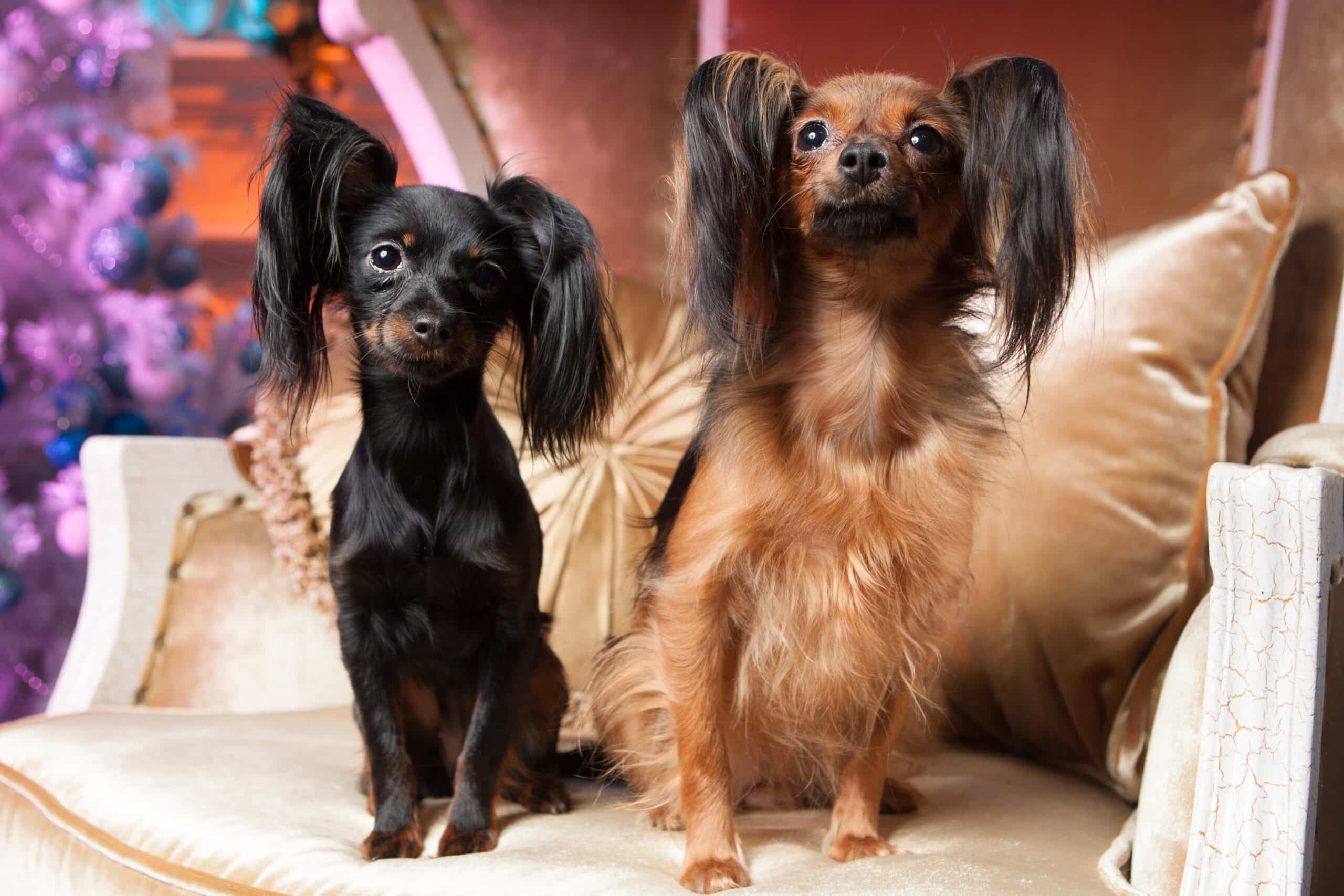
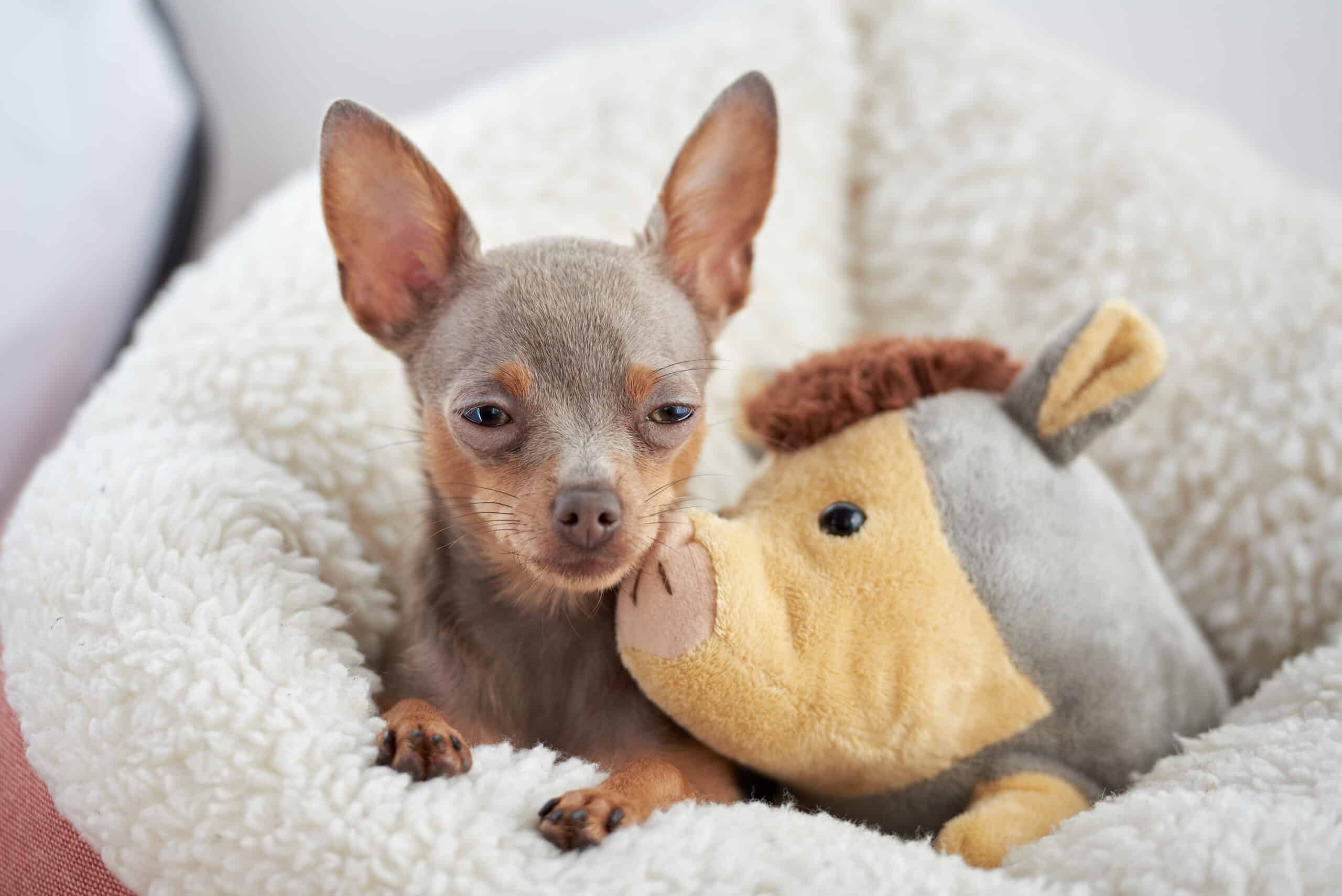
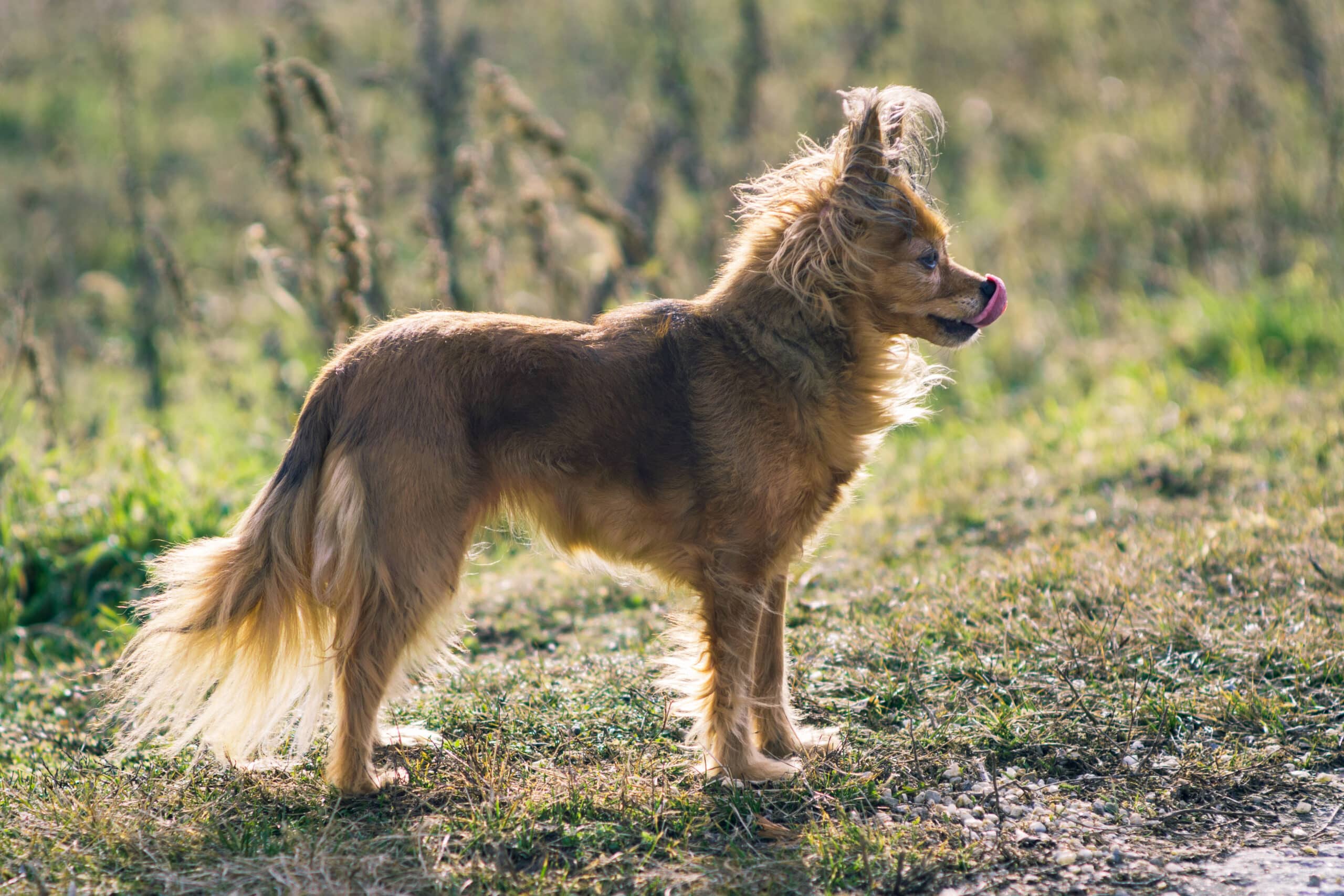
Temperament:
The Russian Toy - also known as the Russkiy Toy - is a lesser-known dog breed from Russia. This small dog is a family pet that is always cheerful and creates a good atmosphere.
Characteristics
The Russian Toy originally comes from Russia. This breed belongs to group 9 of the FCI and thus to the social and companion dogs.
The coat can be black, brown or blue. Depending on the breed, the coat can be long or short. It lies close to the body and has no undercoat.
The Russian Toy is a small terrier. This is immediately apparent from its spirited nature. Especially at a young age, Russian Toys are very alert, lively and cheeky. They also have a great urge to move and a playful nature.
The Russian Toy likes to be kept busy. It can build up a close bond with its owner. The reason for this is usually his irrepressible urge to be busy. The Russian Toy is therefore particularly suitable for people who live alone and are looking for entertainment. It is also suitable for families with children, as this breed particularly enjoys playing.
However, if the Russian Toy receives too little attention, it quickly becomes an unsociable companion. Lively barking causes stress and can also lead to problems in contact with other dogs. At the same time, however, the Russian Toy can also make close dog friendships. New playmates are quickly found.
Especially in puppyhood, it is important to train the Russian Toy well and with clear structures in order to curb his temperament. With a little discipline, however, he can be trained very well. Even if this imp is so eager to please his master at the moment, he is still a terrier at heart. That's why he can become very stubborn if you don't train him consistently.
The Russian Toy is also a dog that likes to be taken on the odd outing. It's fun for him and he can let off steam. A visit to the dog run is also good for the Russian Toy so that it can live out its urge to move.
Coat care:
Shedding:
Energy level:
Trainability:
Children suitable:
The right food
When choosing food, make sure that it contains high-quality ingredients, is balanced and meets your dog's requirements. Age, size or weight, activity and health status play an important role. You should follow the manufacturer's recommendations for the amount of food.
Treats should only be fed in moderation and deducted from the basic diet to avoid obesity.
Puppies can be fed 4-6 times a day. The number of meals should be gradually reduced to 2 per day until the dog is fully grown. A rest period should be observed after meals.
Fresh drinking water should be available at all times.
Health & Care
Overall, the Russian Toy is considered an easy-care dog that makes few demands.
Depending on the variety, coat care can be somewhat more intensive:
The variant with a short, smooth coat requires little grooming. Weekly brushing is completely sufficient here. Occasionally you can also bathe them with a mild dog shampoo. This will keep the coat free of dead hair and dandruff.
Daily combing is a must for long-haired dogs. During the shedding period, the dog loses some hair from time to time. Regular combing counteracts this.
Daily care also includes cleaning the eyes. The eyes must be wiped daily with a damp cloth to remove dried tear fluid. Failure to do so can lead to infections and illnesses. The hair around the eyes must also be cut regularly so that it does not get into the eyes.
The ears must also be checked regularly. A special cleaning agent can be used to clean the ears. It is also important to always check that there are no burrs or mites in the ears.
As with many miniature dogs, this breed is also prone to tartar, which begins to form at around one year of age. For this reason, dental care should be started early.
If the claws do not wear off by themselves, they must be trimmed regularly.
Suitable accessories
Miniature dogs like the Russian Toy have a sensitive neck area. It is therefore better to buy him a lead with a harness. A collar could be too rough for his sensitive neck. At home, the harness should be taken off.
Of course, it should have a suitable food and water bowl. A cuddling area with a dog bed should not be missing either.
As the Russian Toy is considered a very playful dog, he is happy about any toy. Retrieving is not one of his favorite pastimes. However, you can encourage him to try new exercises with treats.
The accessories for a Russian Toy also include various brushes and combs for proper coat care. In particular, brushes that give the coat extra shine should not be missing. A mild dog shampoo should also be included.
A suitable toothbrush and toothpaste are required for dental care, as the Russian Toy is prone to plaque.
A winter coat is also recommended in winter, as the Russian Toy does not have a thick undercoat to keep it warm directly on its body.
You will also need tick tweezers, claw clippers, a transport box for transportation in the car and a first aid kit for your Russian Toy. It's best to ask your vet what should be in the first aid kit.
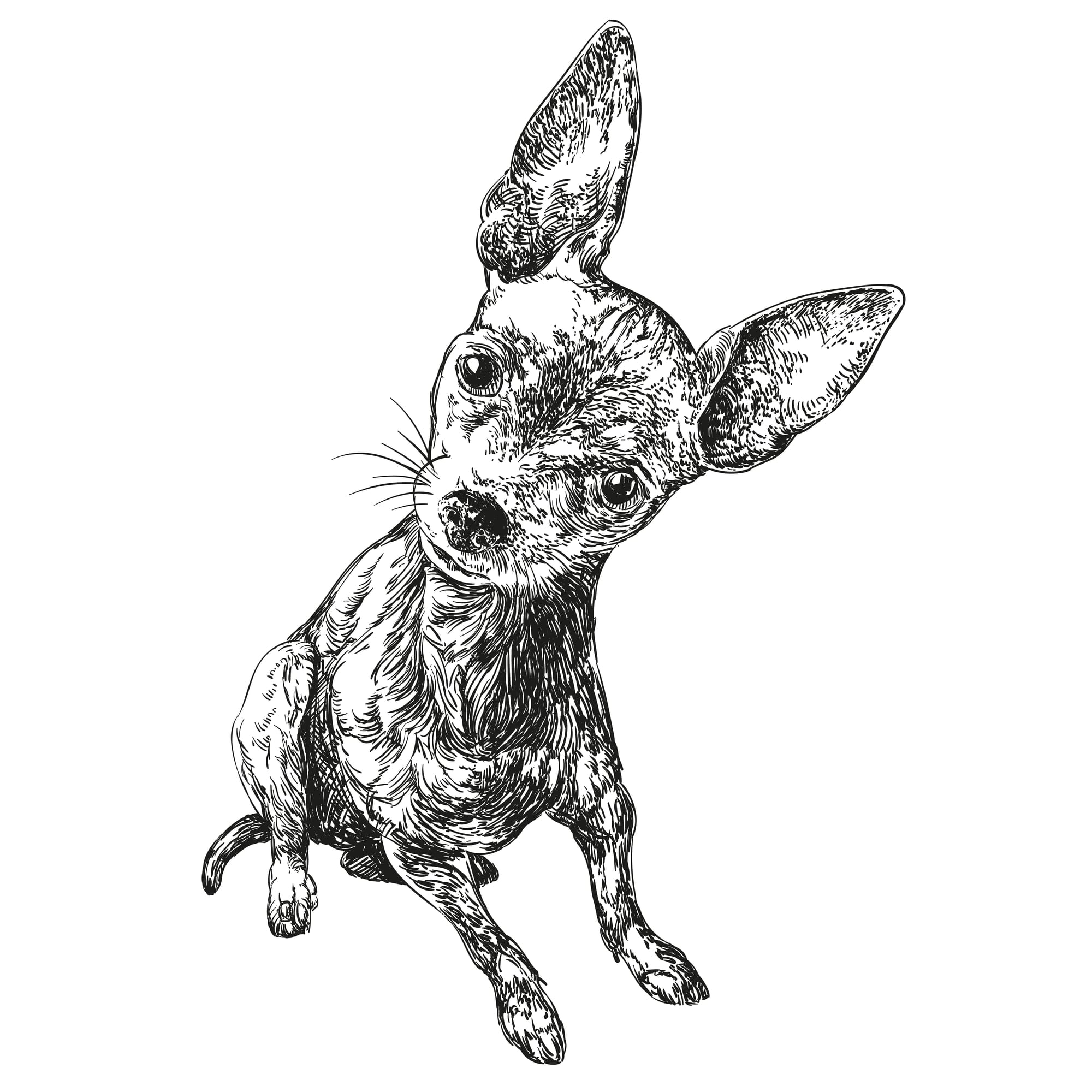
Origin & History
The history of Russian Toys began at the beginning of the 18th century when English toy terriers came to Russia. Over time, they became very popular, especially in aristocratic society. The small dogs were admired for their small size and liveliness. It was considered particularly stylish to appear at social events or the opera with these little companions. They were regarded as the "living accessory" of high society, so to speak.
At the beginning of the 20th century, toy terriers had long since developed into a status symbol. They were no longer called Toy Terriers, but Russian Toy.
However, the Russian Revolution of 1917 led to the breed being almost wiped out because of its status symbol. After the death of Stalin, the breed recovered and was bred again in the 1950s.
Almost all of the dogs used for breeding had no pedigree and were not purebred. From then on, the breed went its own way in Russia and separated from the English breed.
In 1958, something unusual happened and a male dog with long fringes was born. With this puppy, the long-haired type of this breed was born. The parents were both smooth-haired, but one dog had slightly longer hair. This male dog was then bred to a female dog that also had slightly longer hair. This resulted in the long-haired version of the Russian Toys, also known as the "Moscow Long-haired Toy Terrier".
In 2006, the Russian Toy was recognized as a breed by the FCI with the Longhair and Smoothhair varieties.
